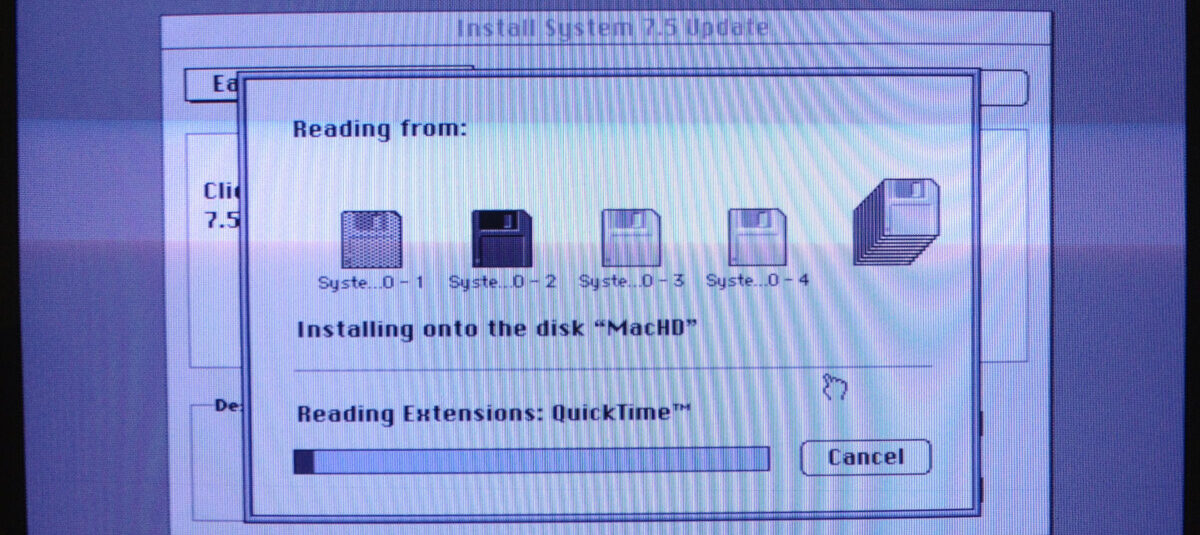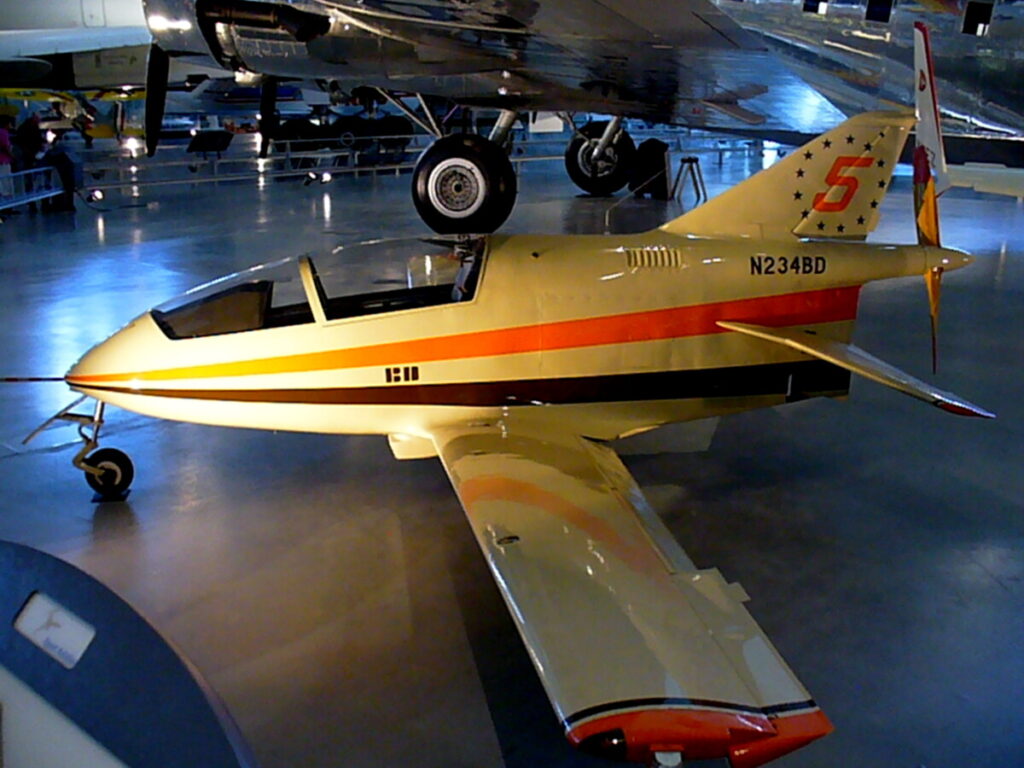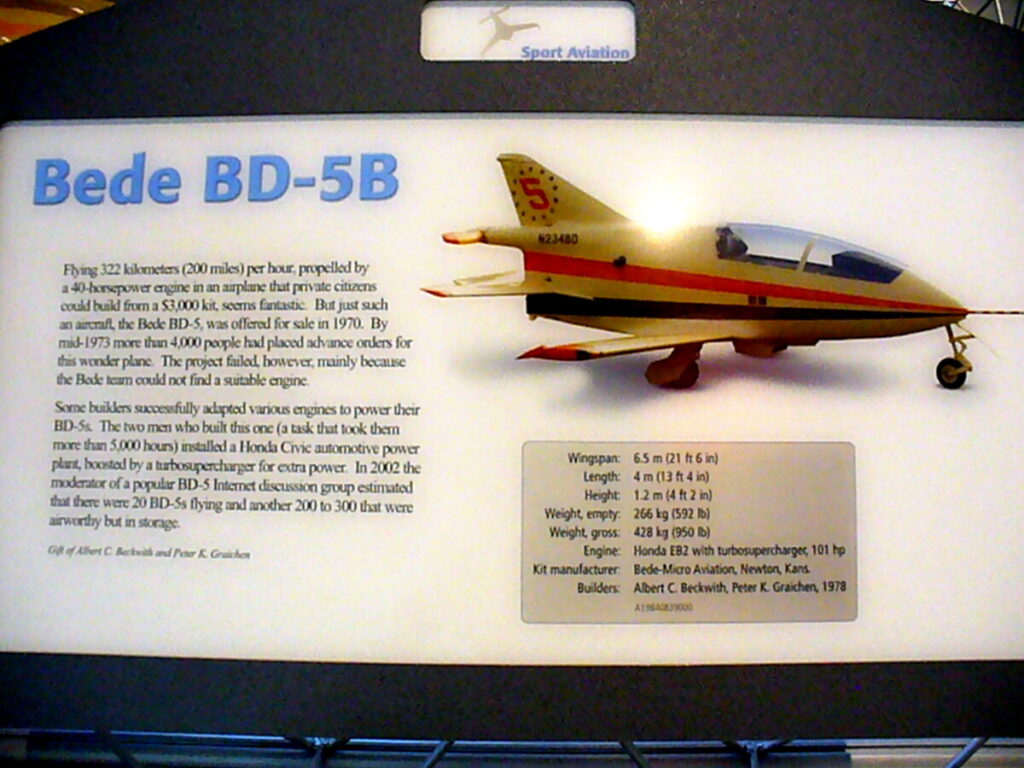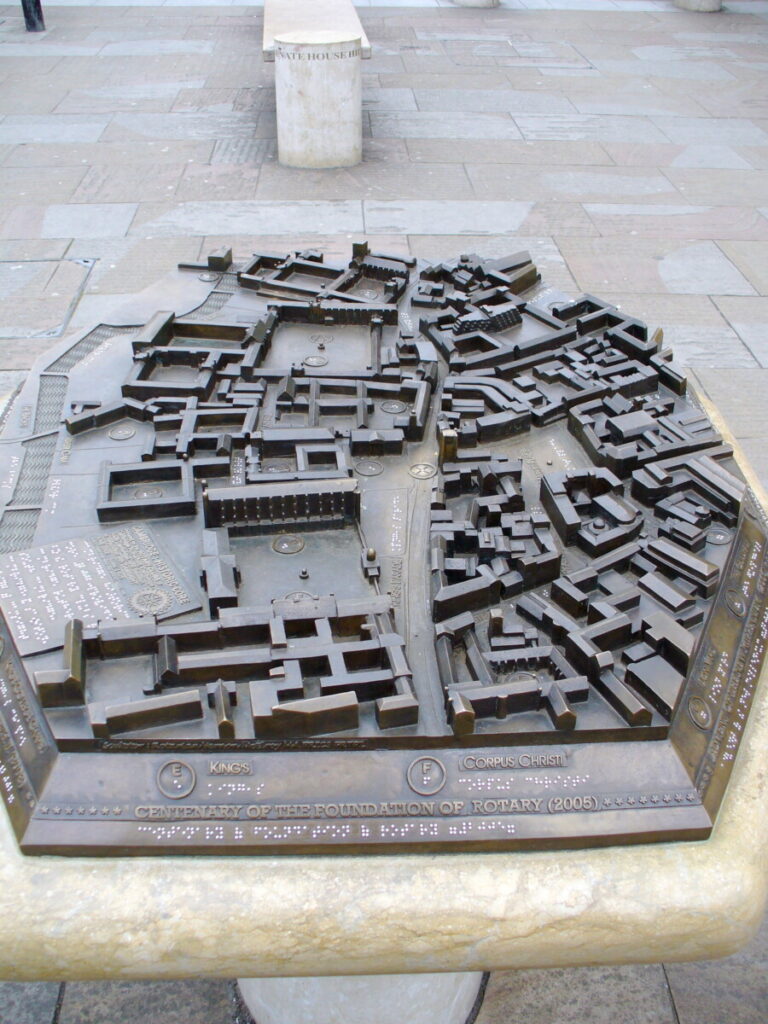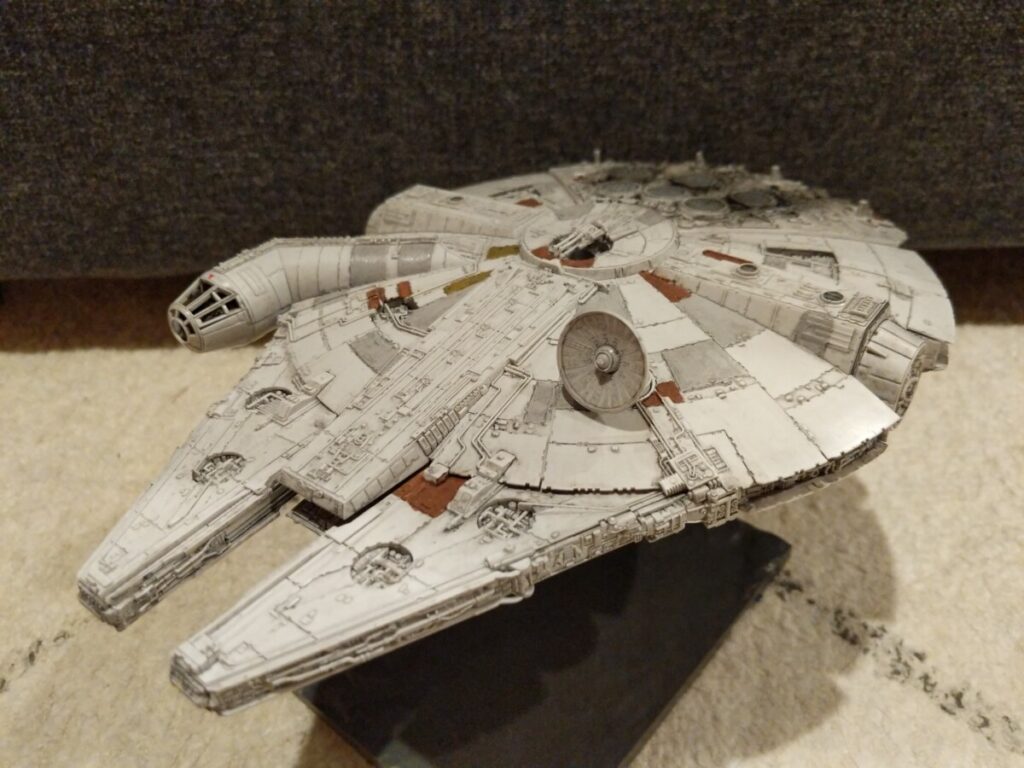
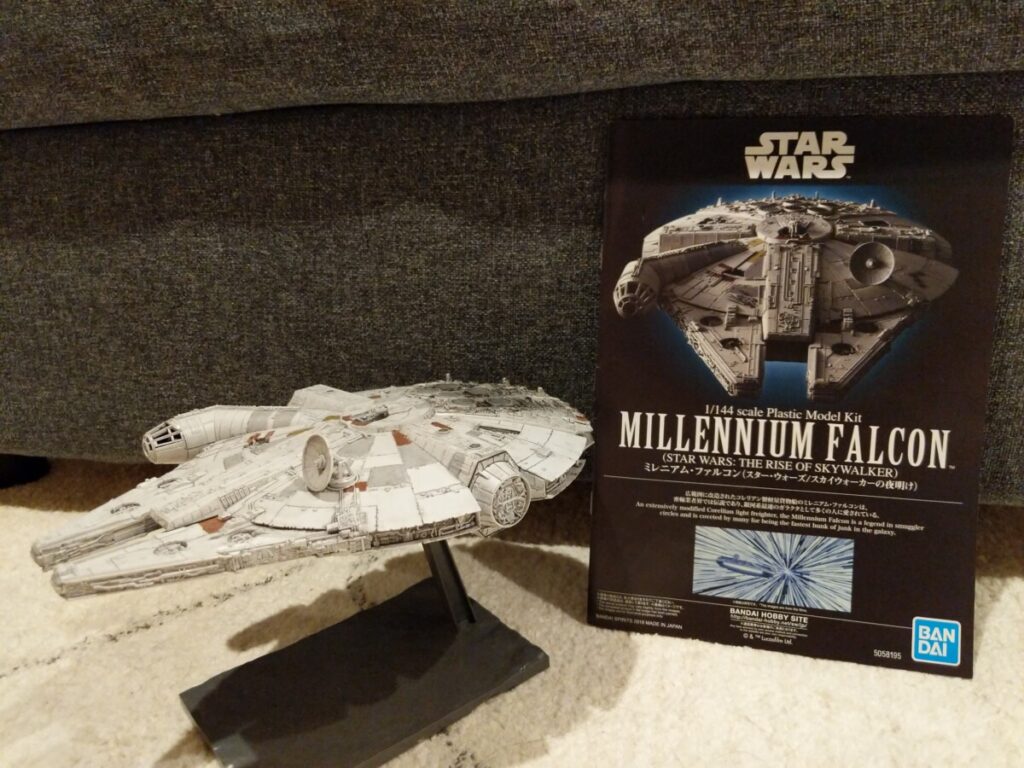
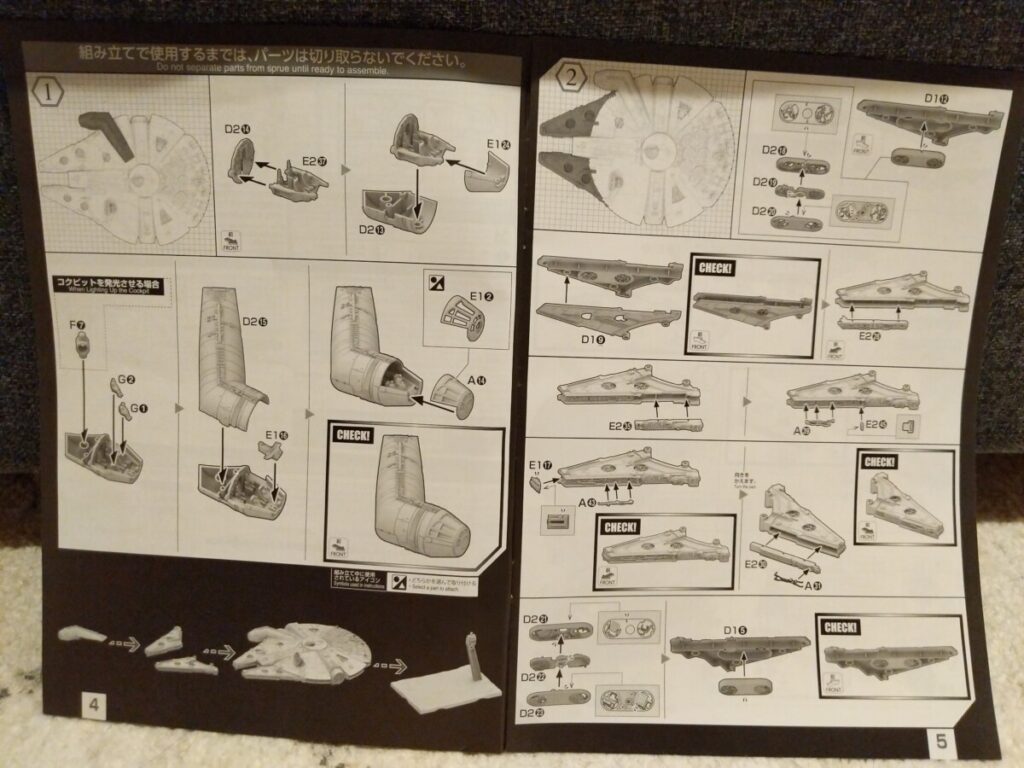
The above images show a completed Bandai 1/144 Scale Millennium Falcon plastic model with its instruction manual. These guides to building, configuring, setting up, and using things are an important part of technical communication. Do you use instruction manuals that come with the technologies that you own? Or, do you throw them away and figure things out on your own?
For this week’s class:
- Weekly Reading Report Exercise
- Intro Lecture (overlooked this from last week) and Discuss the Readings (let’s also talk about this piece on Axios today)
- My Professional Work, Our Sandbox Exercise
- Introduce first deliverable: Email
- Review Syllabus About Next Week’s Readings and Work
